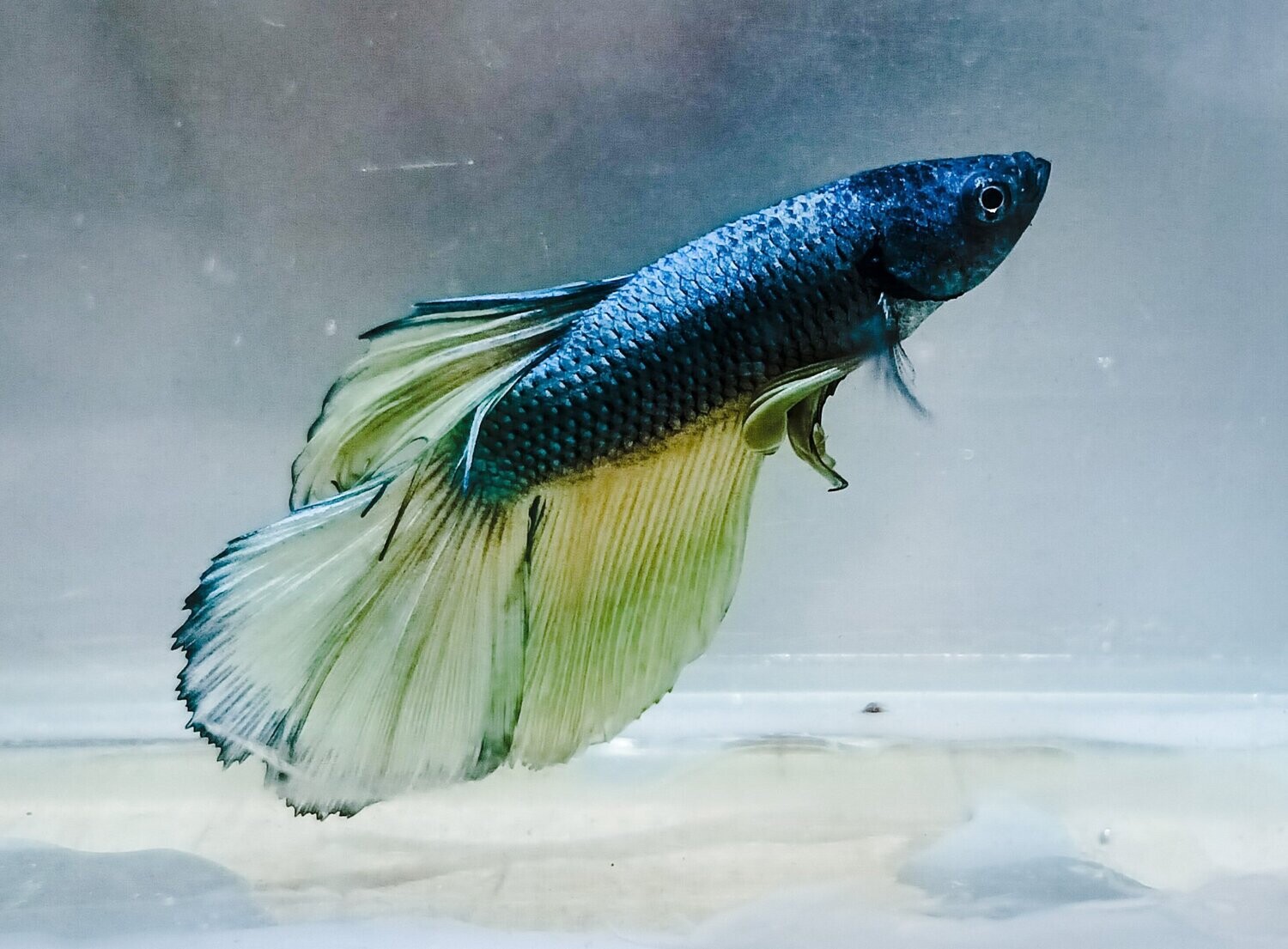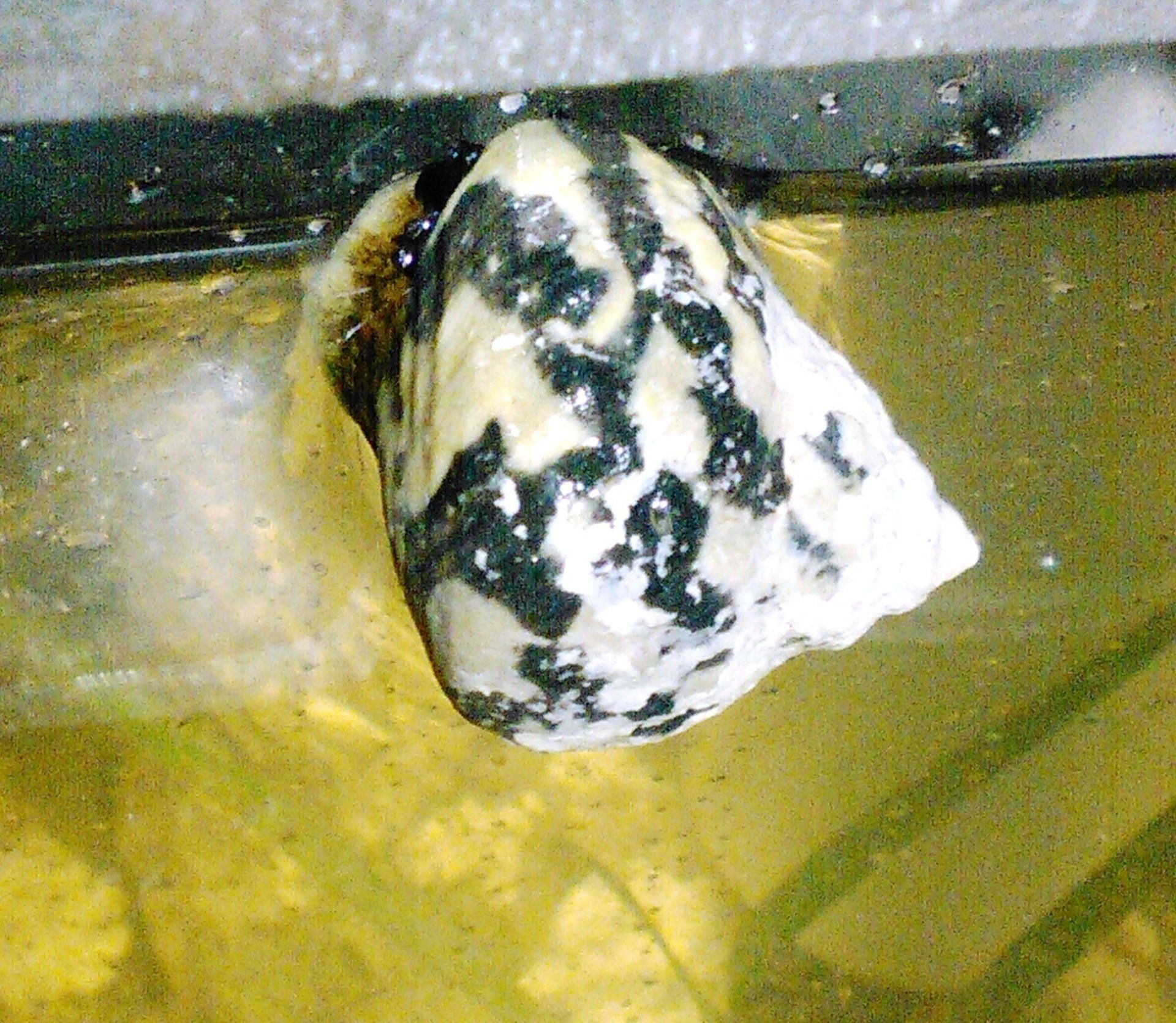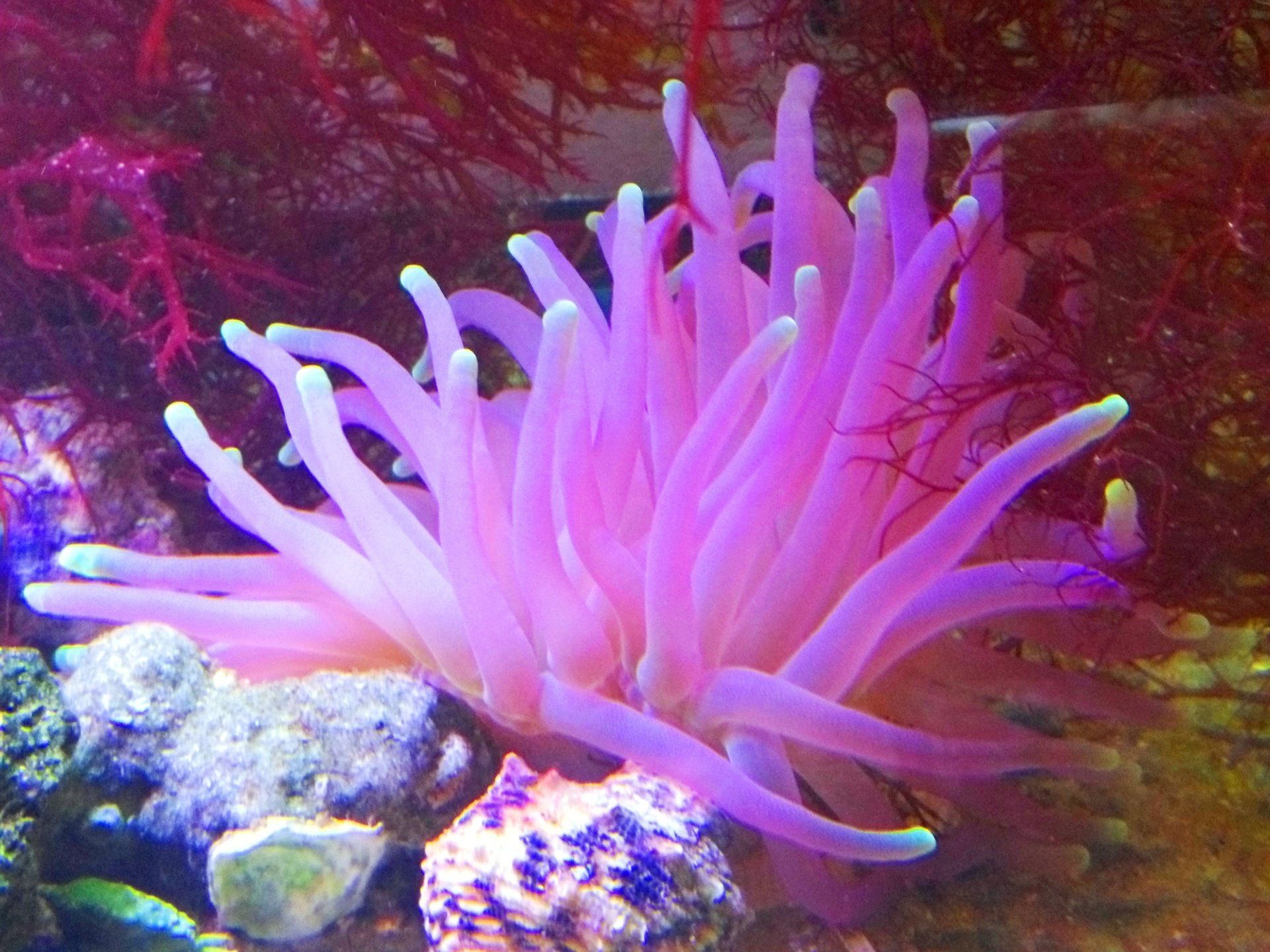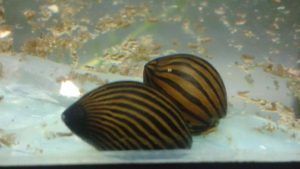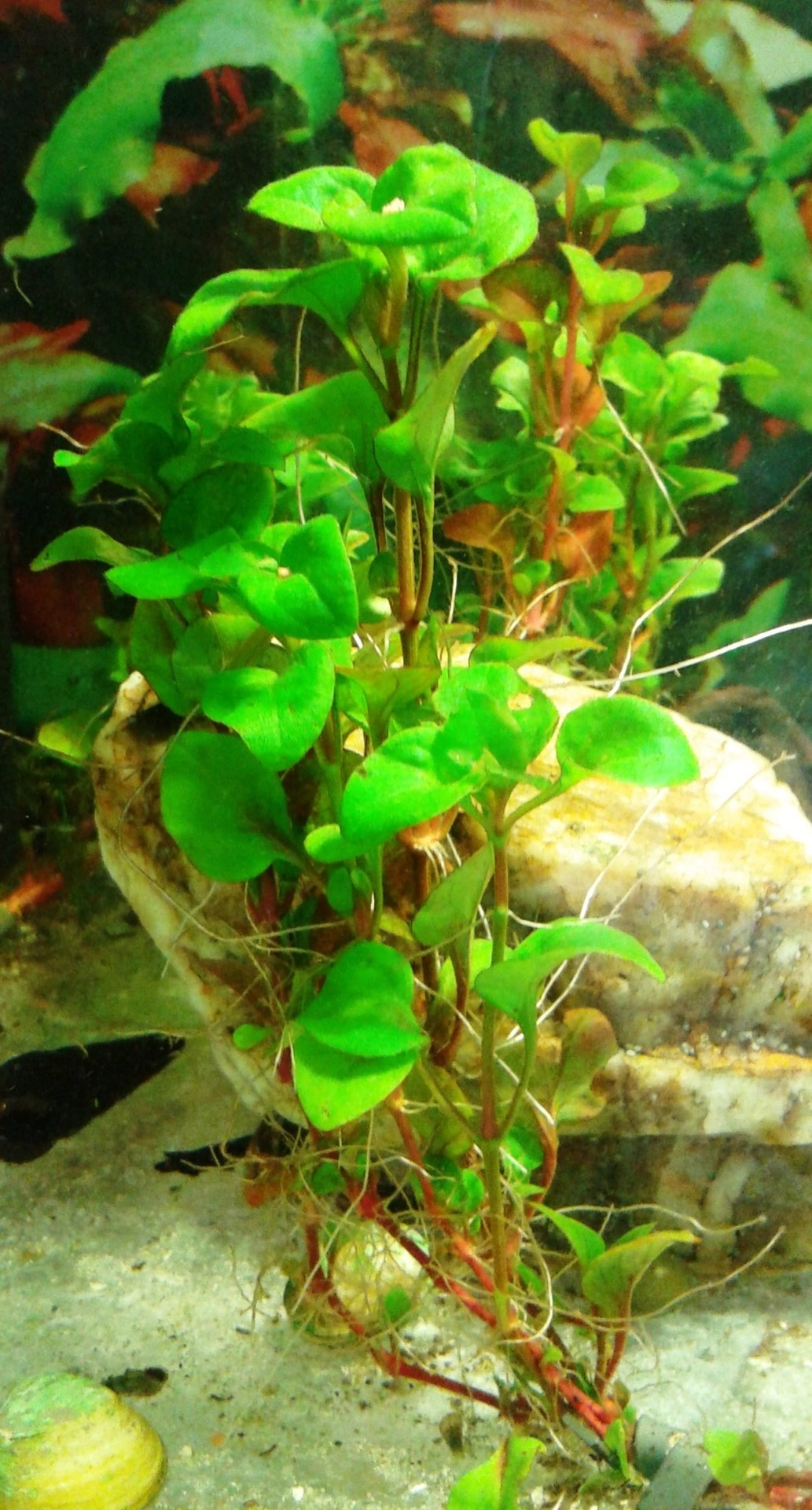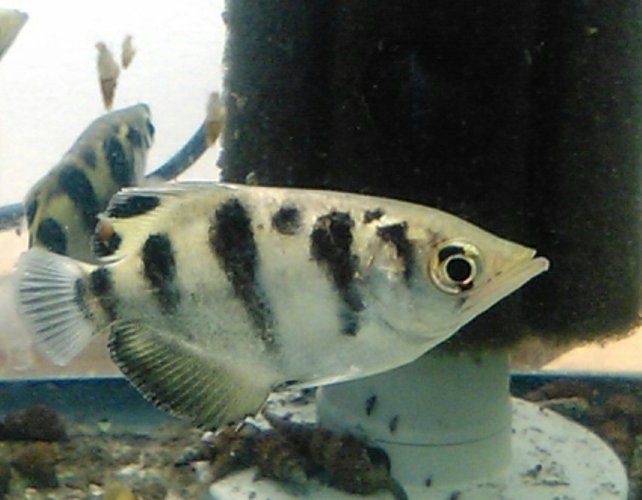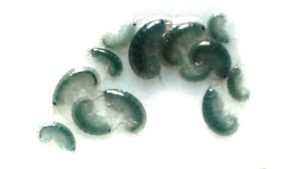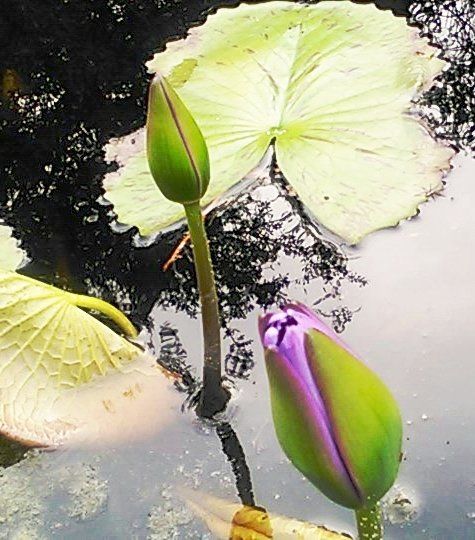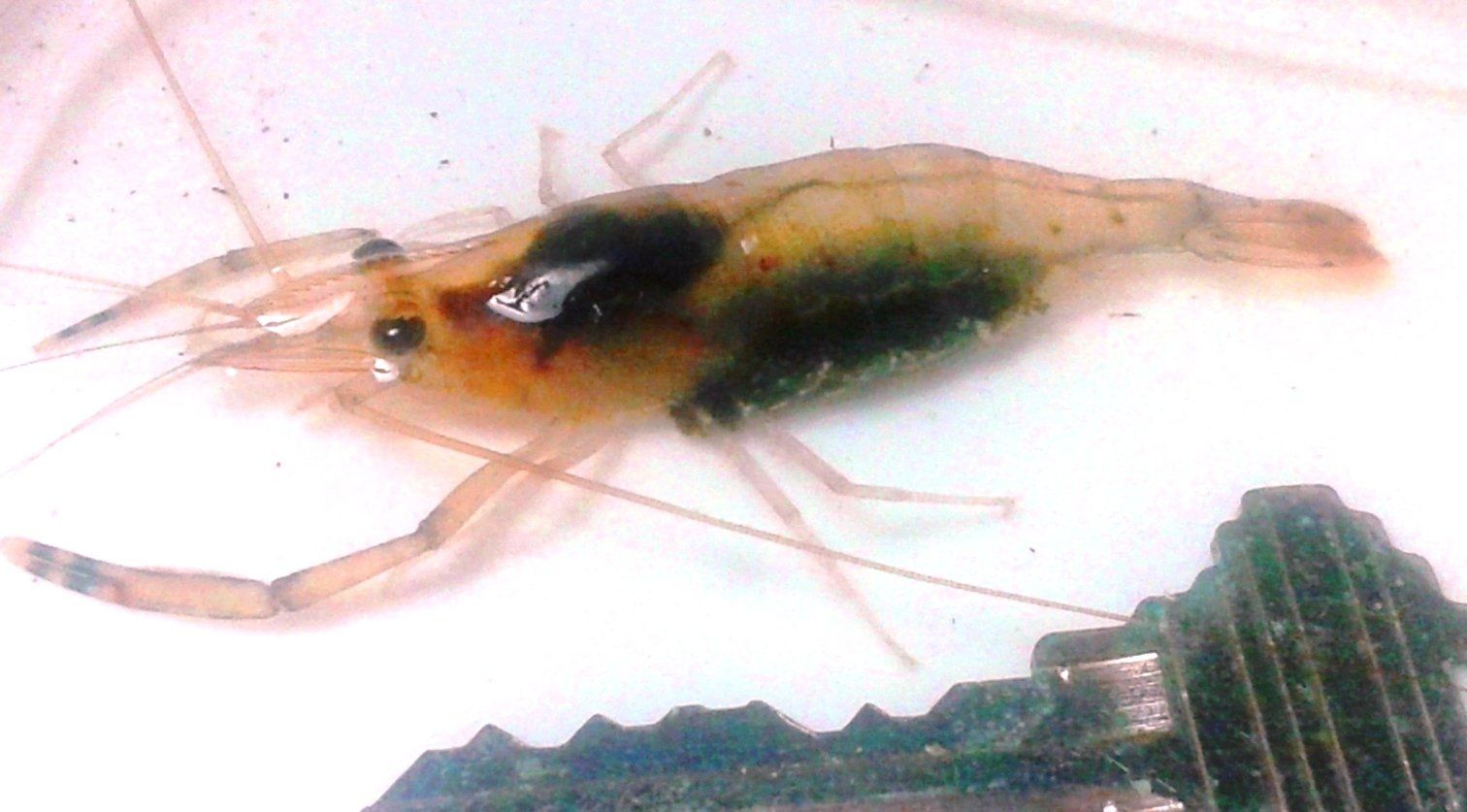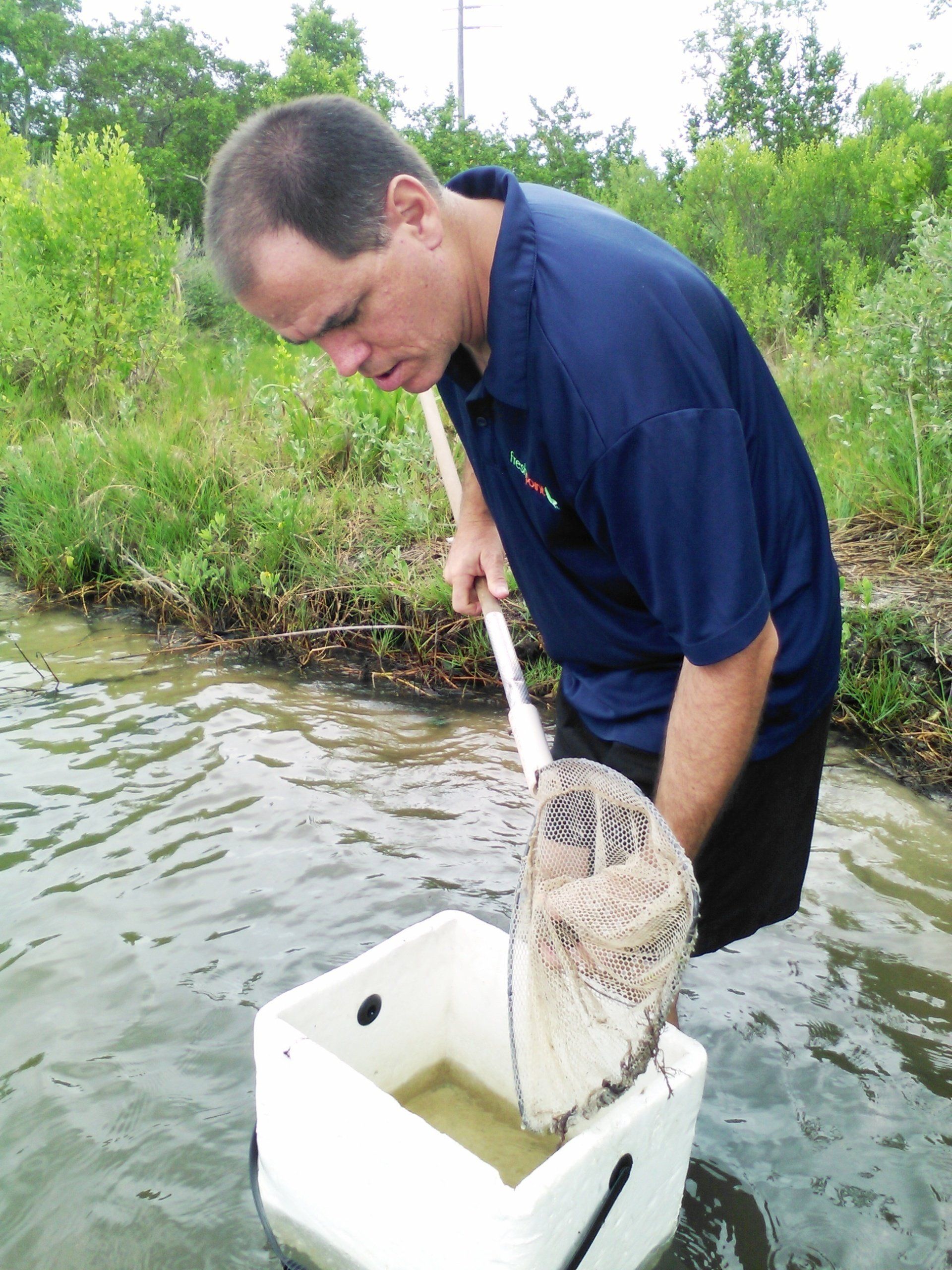Our Freshwater Items
Select the perfect fish for your perfect aquarium. We have common fish, snails and invertebrates, and we offer hard to find and rare items as well. If you don't see it, just ask, we'll find it for you!
Our Saltwater Items
Our unique Pods are the best source of live food you can give your fish. We collect and select only the best Saltwater Fish, Plants, and invertebrates available.
Brackish Water items
With our very close proximity to the Indian River lagoon, we can offer the largest selection of brackish water Fish, Plants, and Invertebrates. We can also order brackish water fish from around the world!
Pond Items Available as Well
We've built indoor ponds, outdoor ponds, big ponds and small ponds. We know Ponds! We can get you exactly what you are looking for to stock your pond. Whether your looking for Fish, floating plants, marginal plants, invertebrates or, snails. We will get you what you need.

Our staff
Our employees(that's us) are happy to fulfill any request you may have. Feel free to call with any questions concerning shipping, your aquarium/pond, or just to tell us about your weather.
Learn more

